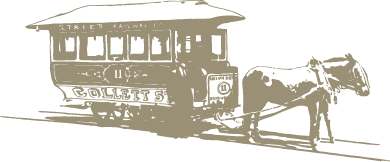Dallas Architecture: Dallas Modern Style
by Douglas Newby
The city was new with plenty of room for people and plenty of room for ideas. This is reflected in the modern architecture of Dallas. In the first half of the century, Dallas was being built, the architectural foundation laid, a sense of permanence desired. Classical styles from Europe add a culture and opulence to Dallas during a time that bois d’arc logs were used as pavers on Main street. The modern experiments originated with Texans influenced by modernism in Europe but committed to the indigenous principles of the region. Even monumental projects like the buildings for the 1936 Centennial Exposition at Fair Park were both Art Deco and Texanna. Fashion retailer, Stanley Marcus, whose day-to-day world spanned the ocean was the logical person to hire a architects DeWitt and Washburn to design his home in an International style in 1937.
Art Moderne and Art Deco houses were built in Dallas in 1936 as they were across the country. But it was not until the second half of the twentieth century that Modern architecture in Dallas became important.
In the 1950s, Edward Durell Stone, Harwell Hamilton Harris, and Frank Lloyd Wright all designed important homes in Dallas. By 1950, Dallas had an irrepressible confidence about itself and about its future. It became a modern, streamlined city. Modern skyscrapers soared downtown and contemporary homes kept expanding the northern boundaries of Dallas. Architecture was not so much to give the city credibility, but to broadcast that Dallas was moving ahead faster than any other city in the country. The quality of the architecture and importance of the architects show a city that was proud of its accomplishment, too busy to look back, and always moving forward.
The 1950s was a national era of optimism and in Dallas, only the optimistic survived. Many of the cities’ leaders were contributors to and patrons of modern architecture.

